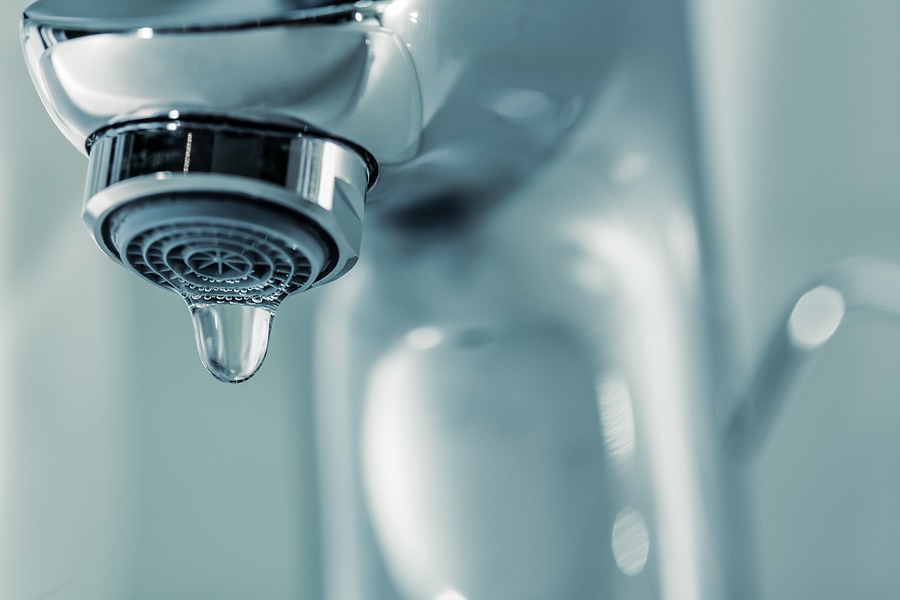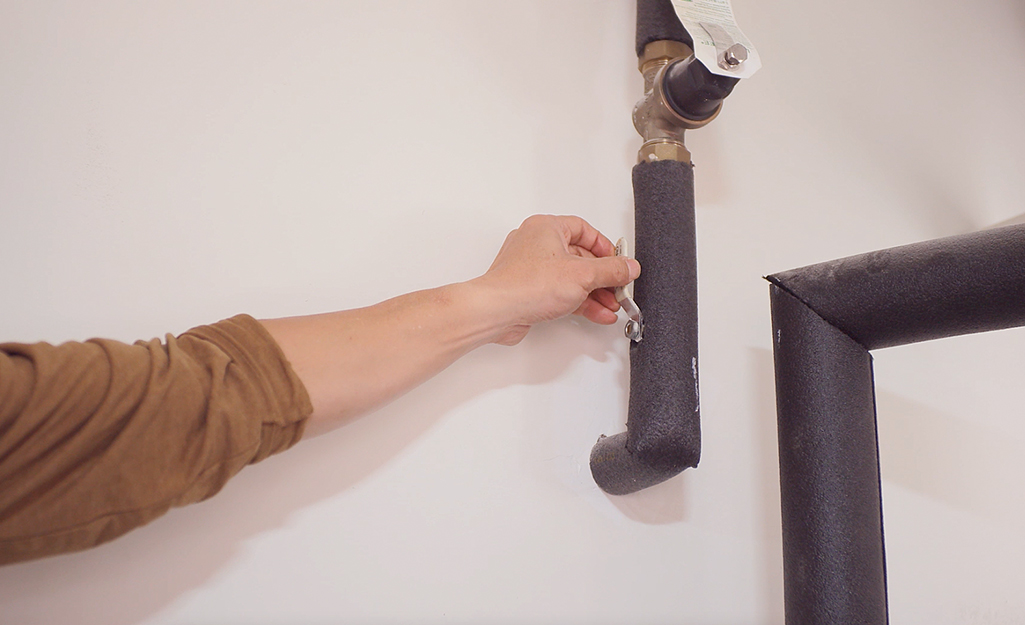Which It's Essential to Address a Broken Faucet
Which It's Essential to Address a Broken Faucet
Blog Article
Do you find yourself trying to find details concerning Why Are My Faucets Dripping (And Can I Fix It Myself)??

Leaking taps may appear like a small trouble, however their effect exceeds just the inconvenience of the audio. From drainage to sustaining unnecessary financial costs and health threats, overlooking a trickling tap can cause different repercussions. In this article, we'll delve into why it's essential to address this common house concern immediately and successfully.
Wastefulness of Water
Ecological Effect
Leaking taps contribute considerably to water wastage. According to the Epa (EPA), a solitary faucet dripping at one drip per secondly can lose more than 3,000 gallons of water per year. This not just stress water resources yet likewise affects ecosystems and wild animals based on them.
Step-by-Step Overview to Taking Care Of a Dripping Faucet
Devices Needed
Before trying to repair a trickling tap, gather the needed tools, consisting of an adjustable wrench, screwdrivers, substitute parts (such as washing machines or cartridges), and plumber's tape.
Typical Faucet Issues and Their Solutions
Recognize the type of tap and the particular concern triggering the drip. Common troubles include damaged washers, rusty valve seats, or faulty O-rings. Refer to maker guidelines or on the internet tutorials for step-by-step assistance on fixings.
Financial Prices
Boosted Water Costs
Beyond the environmental influence, trickling faucets can pump up water bills substantially. The accumulated waste gradually converts right into higher energy expenditures, which can have been avoided with prompt repair services.
Prospective Building Damage
Moreover, extended dripping can cause damage to fixtures and surface areas bordering the faucet. Water build-up can create staining, rust, and also architectural issues if left ignored, causing additional repair work expenses.
Wellness Problems
Mold and Mold Development
The consistent presence of wetness from a leaking tap develops a perfect atmosphere for mold and mildew and mold development. These fungis not only compromise indoor air high quality however additionally posture health threats, particularly for individuals with respiratory system conditions or allergies.
Waterborne Conditions
Stationary water in trickling faucets can end up being a breeding ground for germs and various other microorganisms, boosting the threat of waterborne conditions. Impurities such as Legionella microorganisms thrive in stagnant water, potentially leading to serious diseases when ingested or breathed in.
DIY vs. Expert Repair service
Benefits and drawbacks of Do It Yourself Fixing
While some might try to repair a leaking faucet themselves, DIY repairs feature their very own collection of difficulties. Without appropriate knowledge and tools, DIY efforts can aggravate the problem or result in incomplete repairs, lengthening the issue.
Benefits of Hiring a Specialist Plumber
Working with an expert plumber guarantees that the underlying reason for the dripping tap is attended to efficiently. Plumbings have the experience and devices to diagnose and fix tap issues successfully, saving time and reducing the danger of additional damage.
Ecological Obligation
Individual Payment to Conservation
Taking duty for taking care of dripping taps lines up with broader initiatives toward water preservation and environmental sustainability. Every person's actions jointly make a considerable impact on maintaining precious sources.
Sustainable Living Practices
By focusing on prompt fixings and embracing water-saving behaviors, individuals add to sustainable living techniques that benefit both existing and future generations.
Preventive Measures
Normal Maintenance Tips
To stop dripping taps, perform routine upkeep such as cleaning up aerators, evaluating for leaks, and changing damaged parts without delay. Furthermore, take into consideration installing water-saving gadgets or updating to much more reliable components.
Significance of Prompt Services
Addressing leaking taps as soon as they're discovered stops further water waste and possible damages, ultimately saving both water and cash in the future.
Impact on Building Value
Understanding of Well-Maintained Building
Maintaining a residential property in good condition, consisting of addressing maintenance problems like trickling taps, enhances its perceived worth and desirability among possible purchasers or lessees.
Influence on Resale Value
Properties with well-maintained plumbing fixtures, including faucets, command higher resale values in the real estate market. Attending to dripping faucets can contribute to a positive impression throughout home inspections and negotiations.
Conclusion
Dealing with a dripping faucet goes beyond plain ease; it's a vital action towards saving water, lowering economic prices, and guarding health and residential or commercial property. Whether through do it yourself repair work or specialist help, acting to deal with dripping faucets is a small yet impactful means to advertise responsible stewardship of sources and add to a much healthier, extra sustainable future.
How to Fix a Leaky Faucet: Step-by-Step Repair Guide
A leaky faucet may seem like a simple annoyance, but if it's not fixed promptly, that leak could cost hundreds to potentially thousands. From water damage to mold, mildew, and high water bills, even a tiny leak can be catastrophic if left unattended. Damage like this can even affect the overall value of your home, so it's important to take the right approach for leaky faucet repair. You may need the help of a plumber in some cases, but we've got a few tips you can try on how to fix a leaky faucet before calling the pros.
Four Faucet Types
When you're learning how to fix a leaky faucet, the first step is knowing what kind of faucet you're working with! There are four common types.
Cartridge Faucets
Cartridge faucets come in one- or two-handled varieties. In one-handled cartridge faucets, hot and cold water combines in a single cartridge. In the two-handled versions, hot and cold water are controlled separately and mixed in the faucet.
Ball Faucets
Ball faucets have a single lever you push up and down to adjust the pressure and rotate to change the temperature. A slotted metal ball controls the amount of water allowed into the spout.
Compression Washer Faucets
They're the oldest type of faucet, but they're still used in many homes — especially older ones. Compression faucets have two separate handles that, when turned, raise or lower the washer that seals a water valve. This valve stops water from flowing through the faucet when it is turned off.
Disc Faucets
Disc faucets rarely need to be repaired due to their maintenance-free design. The water flow is controlled by two discs — the upper one raises and lowers against a fixed lower disc, creating a watertight seal. If your disc faucet starts leaking, you may need to replace the seals or clean residue buildup from the inlets.
Fixing a Leaky Faucet
Step 1: Turn Off the Water
Whether you're learning how to fix a leaky bathtub faucet or how to fix a leaky kitchen faucet, always turn off the water supply to your working area when you're fixing a leak. The last thing you want is a flood added to your list of things to fix.
Look for the shutoff valves below your sink or around the tub and turn them clockwise to stop the water flow. If your faucet doesn't have shutoff valves, you may need to turn off the water for the whole house. Check to make sure it's off by turning the faucet on. If nothing comes out, you're ready to start the repair.
Step 2: Take Apart the Faucet
How you disassemble your faucet depends on the type of fixture you have. You can use a flathead screwdriver to remove the caps on top of the handle or handles for cartridge and compression faucets. Inside, you should see handle screws. Unscrew these with a screwdriver to remove the handle.
Disc- and ball-style faucets will typically have an inlet screw near the handle, and removing that will reveal the interior of the faucet.
Detach the Valve Stem
For cartridge- and compression-style faucets, you'll see the inner valve stem or cartridge once you remove the faucet handles. If you have a compression faucet, unscrew the brass valve stem. If you have a cartridge faucet, pull out the cartridge. If your cartridge has been in place for a while, it may require some tools or extra force to remove it due to mineral deposits.
Examine and Replace Parts
Once you've removed the parts, check them out to confirm what needs to be replaced. You may see corroded rubber washers, O-rings, stems, or cartridges. On a ball-style faucet, check the seats and springs for damage.
If you need to repair a leaky disc faucet, check the inlet and seals on the lower disc.
Once you determine what parts must be replaced, visit your local hardware store. Bring the damaged parts with you to ensure you can purchase the correct components to replace them.
Clean Valves and Faucet Cavity
If you've removed a stem or cartridge, you may notice mineral buildup in the faucet's threads. Use white vinegar to clean the valve seat by soaking it for a few minutes, then scrub it away with a soft toothbrush and rinse with warm water. You can also clean the interior of the faucet in the same way.
Reassemble the Faucet
Once your faucet is cleaned and the required parts have been replaced, it's time to reassemble it. Put the pieces back together and slowly turn the water supply back on. Doing this slowly is crucial because too much initial water pressure can damage the new hardware you've just installed.
https://homewarranty.firstam.com/blog/how-to-fix-leaky-faucet

I am just very interested by Why Are My Faucets Dripping (And Can I Fix It Myself)? and I am hoping you liked the blog post. Are you aware of anybody else who is occupied with the topic? Be sure promote it. Thanks a lot for being here. Come back soon.
Report this page